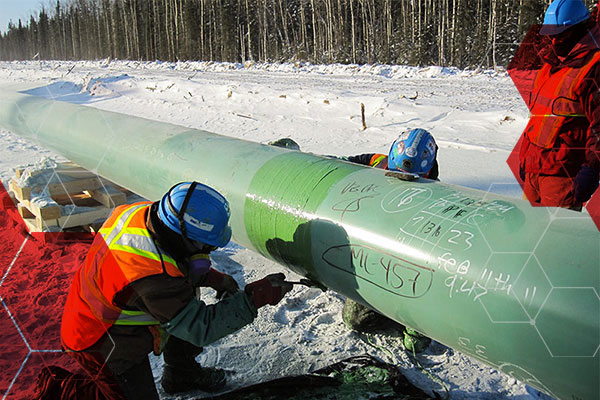Pipe rehabilitation is a critical process that ensures the longevity and functionality of underground infrastructure. Whether it’s sewer lines, water mains, or storm drains, the rehabilitation of pipes is essential to prevent leaks, corrosion, and structural failures. In this article, we will explore ten valuable lessons for pipe rehabilitation, providing insights and best practices to ensure a successful project.
- Conduct Thorough Inspections:
Before embarking on any pipe rehabilitation project, it is crucial to conduct comprehensive inspections. Utilize advanced technologies such as CCTV cameras, sonar, or laser scanning to assess the condition of the pipes accurately. This step will help identify the extent of damage, potential blockages, and any underlying issues that may impact the rehabilitation process.
- Choose the Right Rehabilitation Method:
There are various pipe rehabilitation methods available, including cured-in-place pipe (CIPP) lining, pipe bursting, slip lining, and epoxy coating. Each method has its advantages and is suitable for specific pipe conditions. Carefully evaluate the pipe’s material, diameter, and the severity of damage to select the most appropriate rehabilitation technique.
- Consider Long-Term Durability:
When selecting materials for pipe rehabilitation, prioritize long-term durability. Opt for materials that offer excellent resistance to corrosion, chemicals, and abrasion. High-density polyethylene (HDPE), cured-in-place pipe (CIPP), and epoxy coatings are popular choices known for their durability and longevity.
- Proper Surface Preparation:
To ensure a successful pipe rehabilitation, proper surface preparation is crucial. Thoroughly clean the pipes, removing any debris, scale, or obstructions that may hinder the bonding or installation process. Surface preparation techniques may include high-pressure water jetting, mechanical cleaning, or abrasive blasting.
- Accurate Measurements and Calculations:
Accurate measurements and calculations are vital for a seamless pipe rehabilitation project. Precise measurements of pipe diameter, length, and any bends or curves will help determine the required materials and ensure a proper fit. Incorrect measurements can lead to material wastage, delays, or even project failure.
- Quality Control and Testing:
Implement a robust quality control process throughout the pipe rehabilitation project. Regularly test and inspect the materials, equipment, and workmanship to ensure compliance with industry standards. Conduct pressure tests, leak tests, and visual inspections to identify any defects or weaknesses that may compromise the integrity of the rehabilitated pipe.
- Consider Environmental Impact:
Pipe rehabilitation projects should prioritize environmental sustainability. Choose materials and methods that minimize environmental impact, such as using trenchless technologies to reduce excavation and disturbance to surrounding areas. Additionally, consider using eco-friendly coatings or liners that are free from harmful chemicals or volatile organic compounds (VOCs).
- Proper Training and Certification:
Pipe rehabilitation requires specialized knowledge and skills. Ensure that the project team, including contractors and technicians, have the necessary polyurea training and certifications. Properly trained personnel will have a better understanding of the rehabilitation process, ensuring efficient and effective execution.
- Effective Communication and Collaboration:
Effective communication and collaboration among all stakeholders are essential for a successful pipe rehabilitation project. Maintain open lines of communication between the project team, engineers, contractors, and utility owners. Regular meetings and progress updates will help address any concerns, resolve issues promptly, and ensure everyone is aligned with project goals.
- Regular Maintenance and Monitoring:
Pipeline rehabilitation is not a one-time fix; it requires ongoing maintenance and monitoring. Implement a proactive maintenance plan to regularly inspect and clean the rehabilitation pipes. Utilize technologies such as remote monitoring systems or acoustic sensors to detect any potential issues early on, allowing for timely repairs and preventing costly failures.
Conclusion:
Pipe rehabilitation is a complex process that demands careful planning, execution, and ongoing maintenance. Project managers, engineers, and contractors can ensure a successful pipe rehabilitation project by following these ten lessons. Thorough inspections, proper material selection, accurate measurements, and effective communication are key to achieving long-lasting, reliable, and sustainable underground infrastructure. With these insights and best practices, pipe rehabilitation projects can be executed efficiently, minimizing disruptions and maximizing the lifespan of our vital pipe networks.


2 comments